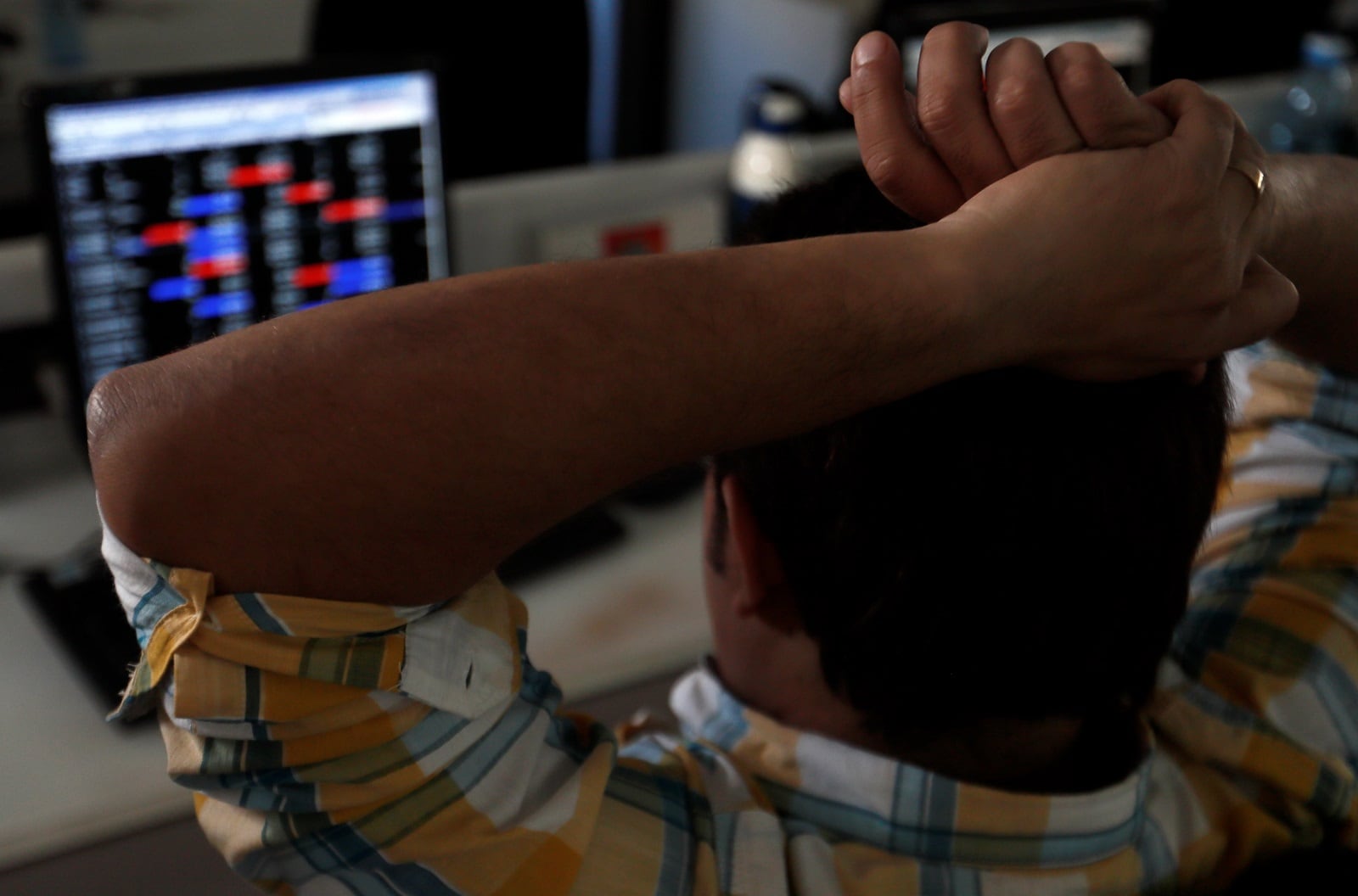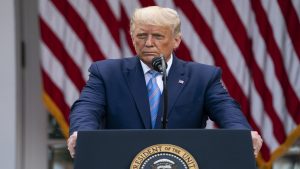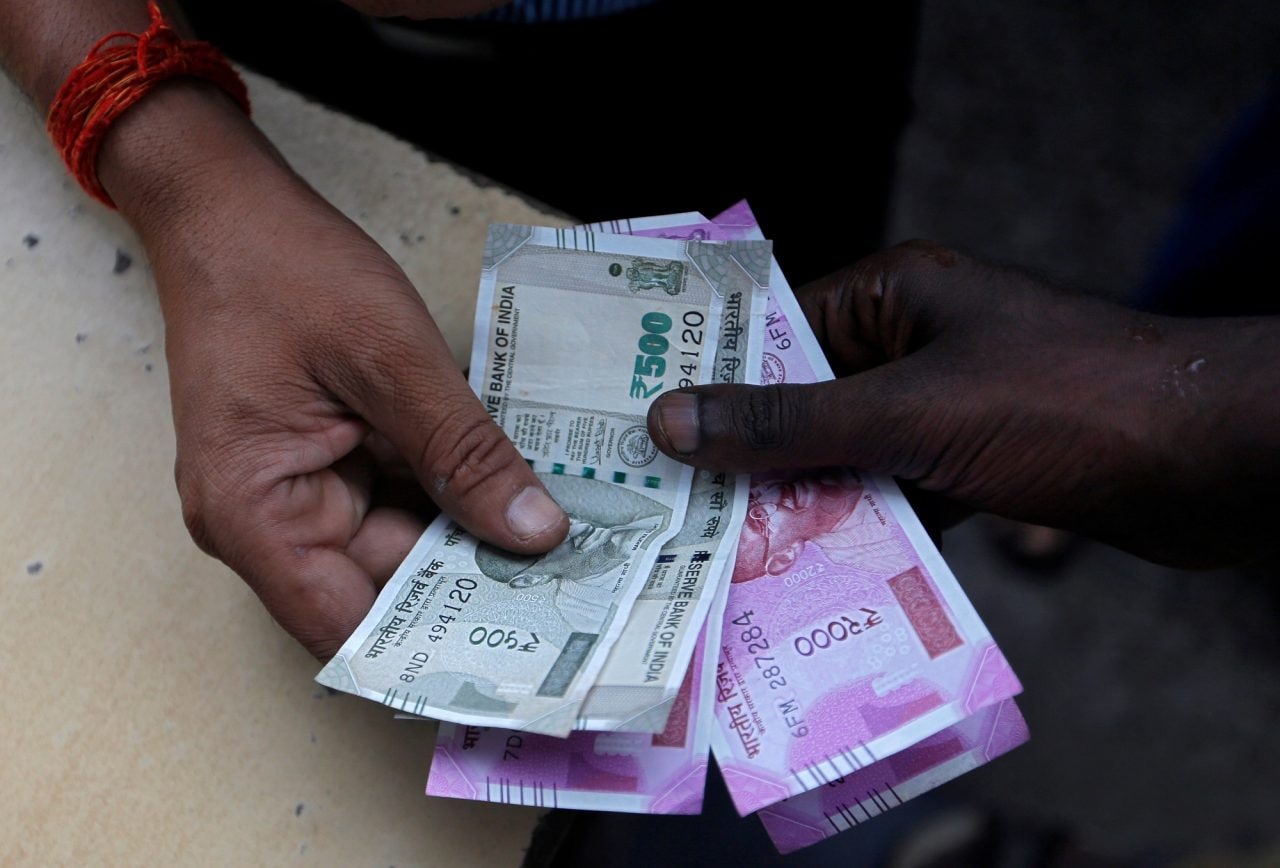Explained: Should govt raise money directly from retail savers and other questions

KV Prasad Jun 13, 2022, 06:35 AM IST (Published)
 Listen to the Article (6 Minutes)
Listen to the Article (6 Minutes)
Summary
If the objective is to increase the money supply, government spending should be financed by RBI or banks. To that extent, raising money now by way of a special bond targeted at savers may not be a good idea.
Here are a few topical questions that test our understanding of money, banking and economics.
Will excessive government spending now crowd out private investments? Should the government now raise money directly from retail savers, perhaps by way of a special COVID-19 bond? Is precautionary savings behind the current rising levels of deposits? Can a rising money supply eventually threaten our financial stability? If the money supply has to be controlled later, how should it be done?
We explore these and other questions below. In the discussions that follow, we will frequently refer to prior articles Banking & Money Explainer and RBI and Money Creation.
Money Supply and Economic Activity
Let us first review the connection between money supply and economic activity.
Money supply “M1”, the money available for immediate spending, is the sum of currency in circulation and banking demand deposits (current and savings account balances).
Adding banking time (or term) deposits to M1 leads us to “M3”, the broad money supply.
M3 (and hence M1) forms a part of the savings in the economy.
As money supply circulates, economic activity ensues in the form of either exchange of assets, or exchange of goods and services.
For the fiscal year 2019-20 (FY20), our average M1 was Rs 36.9 lakh crores. The nominal FY20 Gross Domestic Product (GDP) was Rs 203.4 lakh crores. One could imagine that this GDP was the result of M1 circulating with a velocity of about 5.5 times through the year, as goods and services were exchanged. Our average M1 velocity over the past 20 years stands at 5.5, with a range between 4.8 and 6.1.
Equation (1)
Simplistically,
Money supply X Velocity of money = Quantity of goods & services X Prices of goods and services
Changes to Money Supply
Let us list all the factors that contribute to changes in money supply M3.
Other things being equal, fresh loans given out by the banking system create fresh deposits, increasing M3 (see Banking & Money Explainer).
A net inflow of foreign currency increases banking deposits and hence M3, alongside a concomitant increase in banking foreign currency assets.
Government spending increases M3, alongside a reduction in government balances with the RBI. To recap, RBI is the banker to the government and to banks.
On the other hand, when the government collects taxes or borrows money directly from savers (non-banks), M3 reduces, while government balances with RBI increase.
However, when the government borrows money from banks, there is no change to M3. Instead, banking Statutory Liquidity Ratio (SLR) assets rise, bank Cash Reserve Ratio (“CRR”) balances with the RBI reduce, while government balances with RBI increase.
Likewise, if the RBI was to directly purchase government bonds, there would be no change to M3 from this transaction standalone. Instead, RBI’s holding of government bonds would rise, against an increase in government balances with the RBI.
For the impact of other transactions such as RBI intervention in currency and bond markets, or the withdrawal or deposit of currency notes, do refer to the previous articles referred to earlier. These other transactions, however, do not impact M3 by themselves.
The Deposit Equations
From the above, we put together two equations that describe the net increase in M3 as follows:
Equation (2)
Net increase in M3 caused by the government = Government spending – Net tax collections – Net government borrowing outside of banks/ RBI
Equation (3)
Net increase in M3 = Net increase in banking credit + Net foreign currency inflows + Net increase in M3 caused by the government.
General Inferences from the Equations
Here are some broad inferences from the above equations.
- Investments financed by banks create their own, equal savings
Equation (3) reiterates that fresh credit disbursed by the banking system creates deposits (and M3) for a like amount. By extension, investments financed by the banking system create their own savings.
As discussed in prior articles, as long as the government is borrowing in ample measure, the need for banking statutory reserves (SLR and CRR) do not constrain bank lending.
The real constraints to bank lending currently center around the availability of equity capital and credit appetite within the banking system.
- Government spending does not physically crowd out investments – however, they can transmit strong incentives (or disincentives) to economic activity.
Traditionally, we are taught that net government expenditures use up savings, and hence physically “crowd out” private investments.
First, as just discussed, fresh private investments funded by banks create their own fresh savings. Second, equation (2) reminds us that standalone government spending actually increases money supply M3, and hence savings.
Constraints are instead imposed by the consequences of government borrowing and spending. For instance, from equation (1), increased money supply from government spending, unless accompanied by an increase in domestic output, can spur domestic inflation, push up interest rates and hence disincentivize private sector investments.
Any crowding out is a consequence of the impact on markets and incentives, rather than as a result of any automatic physical constraint.
- How the government finances its spending determines the net impact on money supply
Equation (2) implies that if the government spending is financed by non-banks, i.e., out of existing M3, then M3 remains net unchanged through the government borrowing and spending.
On the other hand, if government spending is financed by RBI or banks, there is a net increase in M3 after the government has borrowed and spent.
- Bank financing and central bank financing of government deficits have an identical impact on money supply, but not necessarily on interest rates
Equation (2) implies that government spending funded either by banks or by the central bank results in a net increase in money supply M3. Banks can (and do) create the fresh money supply, just as central banks can.
Of course, the level of interest rates can be very different, depending on whether the government is funded by banks via the market, or ad-hoc by the RBI. That market signal can in turn can impact future economic activity and hence financial stability.
- Less consumption does not imply higher deposits (or M3)
Savers cannot create net new money supply by themselves. New money can only be created by the routes enumerated in equation (3).
From equation (3), the current rapid increase in M3 can be explained as largely being the result of a sharp increase in net foreign currency inflows, and an increase in net spending by the government. Bank credit growth is slow now and does not contribute much to M3 growth.
Lower consumption, say on account of lower confidence and higher precautionary savings, would imply a lower velocity of money. That would however do nothing to the absolute level of deposits or M3.
Implications for the Current Context
Here are some specific policy implications for the current context.
- Inject money now, ensure creation of jobs and output, else be prepared to withdraw liquidity later
M1 and M3 have grown in the past three months, on the back of government spending and foreign currency inflows. However, COVID-19 and the lockdown have severely retarded the velocity of money, resulting in net GDP contraction.
To increase economic activity now, money could be provided to those who would spend it and hence prop up the velocity of money. To that extent, giving money for the purchase of essentials makes both humanitarian and monetary sense.
Eventually though, when economic activity restarts, the multiplier could likely move back towards historical averages. Given an overhang of high money supply, from equation (1), there would have to be a sharp increase in domestic output to ensure that prices and/ or imports do not go out of control and threaten financial stability.
If we’re unable to create additional jobs and domestic output, eventually, we would be forced to withdraw or at least arrest the growth of the money supply.
- Government spending now should be financed by RBI/ banks
In the current context, if the government is hoping to prop up economic activity by increasing money supply, raising money by way of a special bond targeted at non-bank investors or by increased taxes is not a good idea. Equation (2) shows that these routes do not lead to a net increase in the money supply.
Instead, the government should fund its expenditures by raising money from banks or RBI, in line with its objective of increasing money supply for now.
- To later withdraw liquidity rapidly at any time, the government could target raising money from non-banks
As discussed earlier, if we’re unable to create jobs and output, we might have to consider withdrawing money supply later to stave off threats to inflation and financial stability.
Withdrawal of liquidity is usually achieved by the RBI raising CRR requirements of banks, and/ or by the RBI selling bonds via open market operations to banks. Neither of these steps impact banking deposits, and hence money supply, directly. They do have an oblique impact though. When banking liquidity shifts into a deficit mode, as described in Banking & Money Explainer, individual banks are then incentivized against giving out fresh loans. This slowing down of credit growth would stunt the growth in deposits and M3.
A more effective alternative for rapid withdrawal of M3 might be for the government to instead consider raising money directly from non-banks, perhaps via a special bond. As seen earlier in equation (2), this would bring down the money supply directly.
Conclusion
Lending by banks creates an equal amount of money supply and savings.
Standalone government spending increases the money supply and savings and does not physically “crowd out” investments. However, the consequences of increased money supply, such as on inflation, interest rates and financial stability, can create strong incentives/ disincentives for investments and other economic activity.
Government spending financed by banks or RBI net increases the money supply. Government spending financed by non-banks does not net increase money supply.
Bank financing and central bank financing of government deficits have an identical impact on money (M3) creation. However, their impact on interest rates and hence economic activity can differ significantly.
More precautionary savings, and hence lower consumption, would reduce the velocity of money, without impacting the level of deposits or money supply.
Given the sharp drop in the velocity of money now, we should provide money to those that are likely to spend. Eventually, as the velocity of money recovers, we will either need increased jobs and domestic output or will have to withdraw liquidity in order to stave off threats to inflation and financial stability.
If the objective is to increase the money supply, government spending should be financed by RBI or banks. To that extent, raising money now by way of a special bond targeted at savers may not be a good idea. Eventually, when the intent is to withdraw liquidity, the government could target raising money from non-banks.
—Ananth Narayan is Associate Professor-Finance at SPJIMR. The views expressed are personal. Read his columns here.

Elon Musk forms several ‘X Holdings’ companies to fund potential Twitter buyout
3 Mins Read
Thursday’s filing dispelled some doubts, though Musk still has work to do. He and his advisers will spend the coming days vetting potential investors for the equity portion of his offer, according to people familiar with the matter

KV Prasad Journo follow politics, process in Parliament and US Congress. Former Congressional APSA-Fulbright Fellow
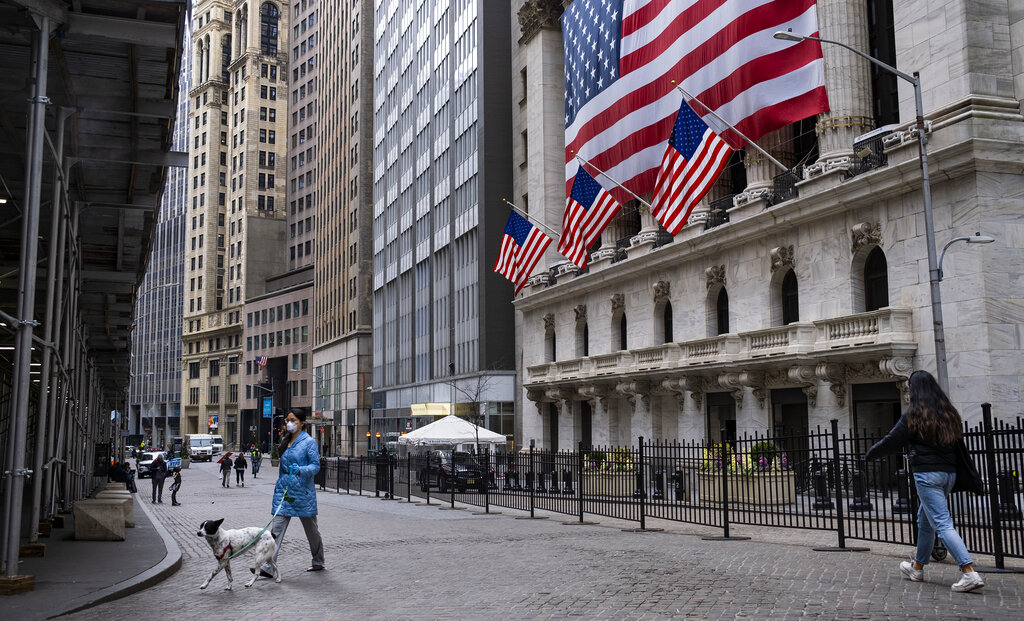




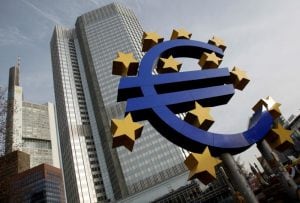






 Listen to the Article
Listen to the Article 
 Daily Newsletter
Daily Newsletter

















